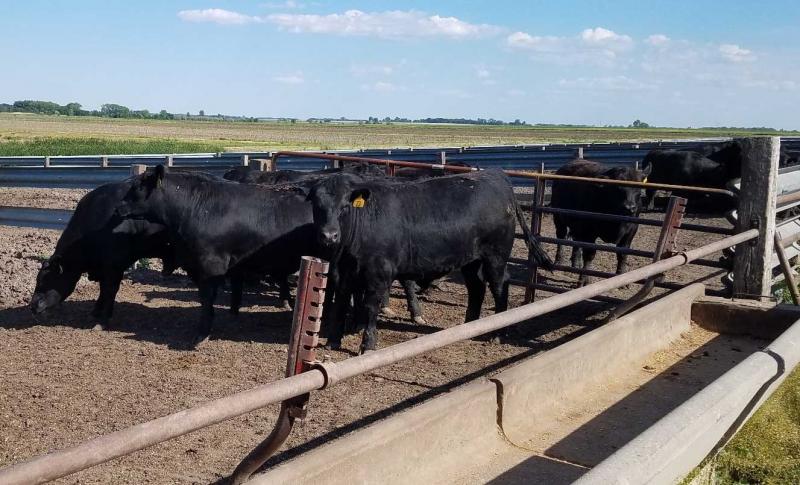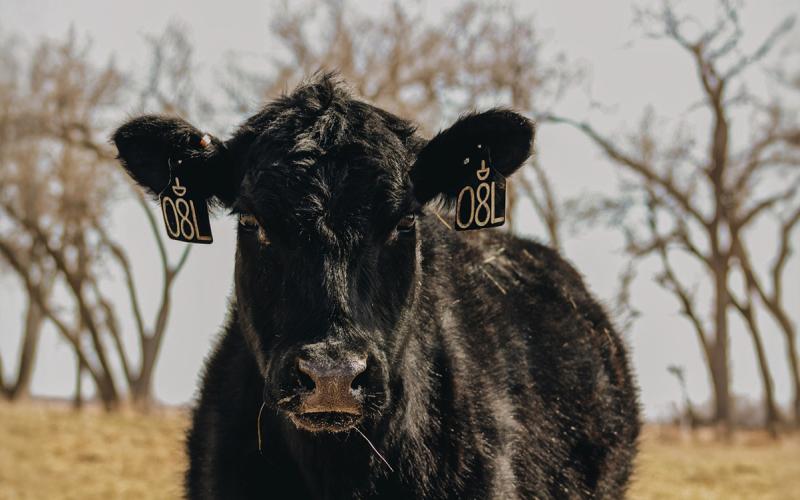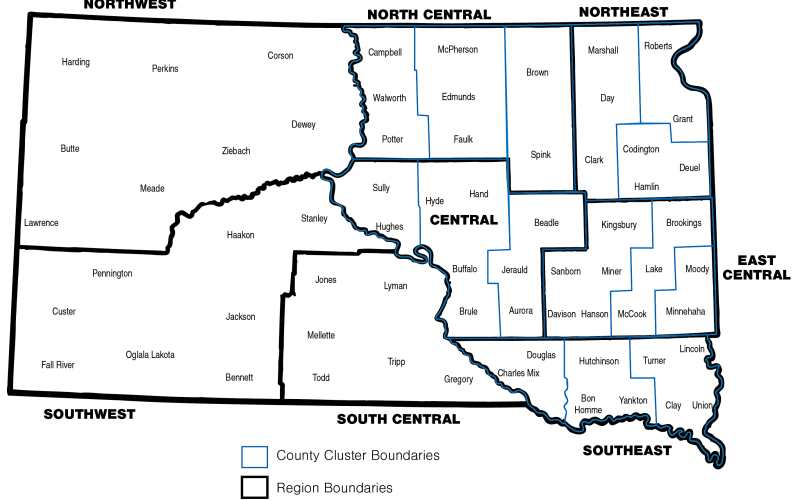
Key Takeaways
- Marketing delays caused by production problems at processing plants will result in greater numbers of heavier cattle on feed going into summer.
- Heavier, fatter cattle are more susceptible to heat stress, especially if they are black-hided.
- Risk of digestive upset increases as cattle are on feed for longer periods of time and the onset of hotter conditions.
- These cattle need to be handled with care especially at shipping to avoid Fatigued Cattle Syndrome.
The disruptions in the beef processing sector caused by COVID-19 continue to interfere with the orderly marketing of finished cattle. While we all hope that the situation is resolved quickly, the reality is that because the shipment of so many harvest-ready cattle has been delayed, there will be increased numbers of heavier cattle on feed for the foreseeable future. For that reason, feedlot operators need to be aware of increased animal health concerns, especially going into summer.
Increased Heat Stress Risk
Heat stress is always a risk factor, especially during the transition from spring into summer months. With greater numbers of heavier and fatter cattle on feed that risk takes on a greater sense of importance. Heavier and fatter cattle do not tolerate hotter conditions as well, especially if they are black-hided. A more comprehensive list of management tips is available in Dealing With Heat Stress in Feedlots. Strategies, such as shades or sprinklers can make a big difference in relieving heat stress conditions in feedlot cattle.
A new tool that can be used to help provide an advance warning of when heat stress is on the way is the SD Mesonet Livestock Stress Tool. This tool uses data from Mesonet weather stations across the state and incorporates temperature, humidity, wind speed, and solar radiation to provide an index value for climate stress on livestock.
Managing Acidosis and Digestive Upset Risk
The potential for erratic feed consumption patterns increases with more days on feed and the onset of hotter weather. Feeders should pay extra attention to bunk management and consistent feed deliveries to minimize feed intake fluctuations. Delivering a greater portion of the feed in the evening helps to shift the heat load to the cooler part of the day. That strategy also provides fresh feed closer to the time when cattle will be more willing to eat during hot weather. Increasing the roughage content in the diet is another strategy to reduce the risk of digestive health issues.
Handle Carefully to Avoid Fatigued Cattle Syndrome
Fatigued Cattle Syndrome, or FCS, is a condition that affects cattle mobility near the time of processing. Affected cattle display an unwillingness to move, or in more severe cases can go down.
This syndrome was originally thought to be caused by feeding beta-agonists. However, researchers have reported that vigorous exercise created the stress responses associated with FCS, especially in heavier, fatter cattle.
Shipping heavier cattle will be unavoidable for the next several months. With that in mind, here are some management tips to minimize the incidence of FCS.
- Move cattle slowly. Cattle that were walked to the load-out area were much less likely to develop FCS compared to those handled at a trot.
- If practical, moving market-ready cattle to a pen closer to the load-out will minimize the distance the cattle need to travel on shipping day.
- Minimizing heat stress when shipping is always important; it becomes even more so when dealing with bigger cattle. Whenever possible cattle should be shipped during the coolest part of the day.


